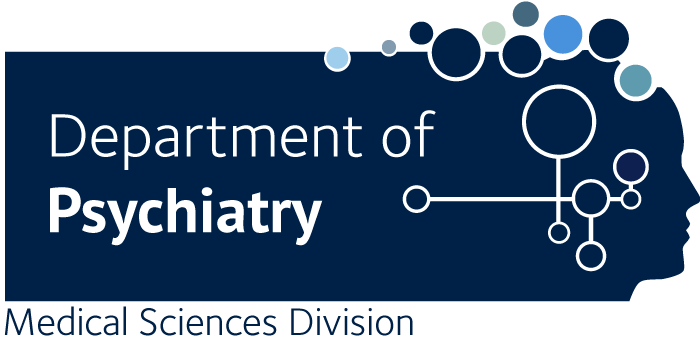Revising Diagnostic and Statistical Manual of Mental Disorders, Fifth Edition, criteria for the bipolar disorders: Phase I of the AREDOC project.
Parker G., Tavella G., Macqueen G., Berk M., Grunze H., Deckersbach T., Dunner DL., Sajatovic M., Amsterdam JD., Ketter TA., Yatham LN., Kessing LV., Bassett D., Zimmerman M., Fountoulakis KN., Duffy A., Alda M., Calkin C., Sharma V., Anand A., Singh MK., Hajek T., Boyce P., Frey BN., Castle DJ., Young AH., Vieta E., Rybakowski JK., Swartz HA., Schaffer A., Murray G., Bayes A., Lam RW., Bora E., Post RM., Ostacher MJ., Lafer B., Cleare AJ., Burdick KE., O'Donovan C., Ortiz A., Henry C., Kanba S., Rosenblat JD., Parikh SV., Bond DJ., Grunebaum MF., Frangou S., Goldberg JF., Orum M., Osser DN., Frye MA., McIntyre RS., Fagiolini A., Manicavasagar V., Carlson GA., Malhi GS.
OBJECTIVE: To derive new criteria sets for defining manic and hypomanic episodes (and thus for defining the bipolar I and II disorders), an international Task Force was assembled and termed AREDOC reflecting its role of Assessment, Revision and Evaluation of DSM and other Operational Criteria. This paper reports on the first phase of its deliberations and interim criteria recommendations. METHOD: The first stage of the process consisted of reviewing Diagnostic and Statistical Manual of Mental Disorders, Fifth Edition, and recent International Classification of Diseases criteria, identifying their limitations and generating modified criteria sets for further in-depth consideration. Task Force members responded to recommendations for modifying criteria and from these the most problematic issues were identified. RESULTS: Principal issues focussed on by Task Force members were how best to differentiate mania and hypomania, how to judge 'impairment' (both in and of itself and allowing that functioning may sometimes improve during hypomanic episodes) and concern that rejecting some criteria (e.g. an imposed duration period) might risk false-positive diagnoses of the bipolar disorders. CONCLUSION: This first-stage report summarises the clinical opinions of international experts in the diagnosis and management of the bipolar disorders, allowing readers to contemplate diagnostic parameters that may influence their clinical decisions. The findings meaningfully inform subsequent Task Force stages (involving a further commentary stage followed by an empirical study) that are expected to generate improved symptom criteria for diagnosing the bipolar I and II disorders with greater precision and to clarify whether they differ dimensionally or categorically.

